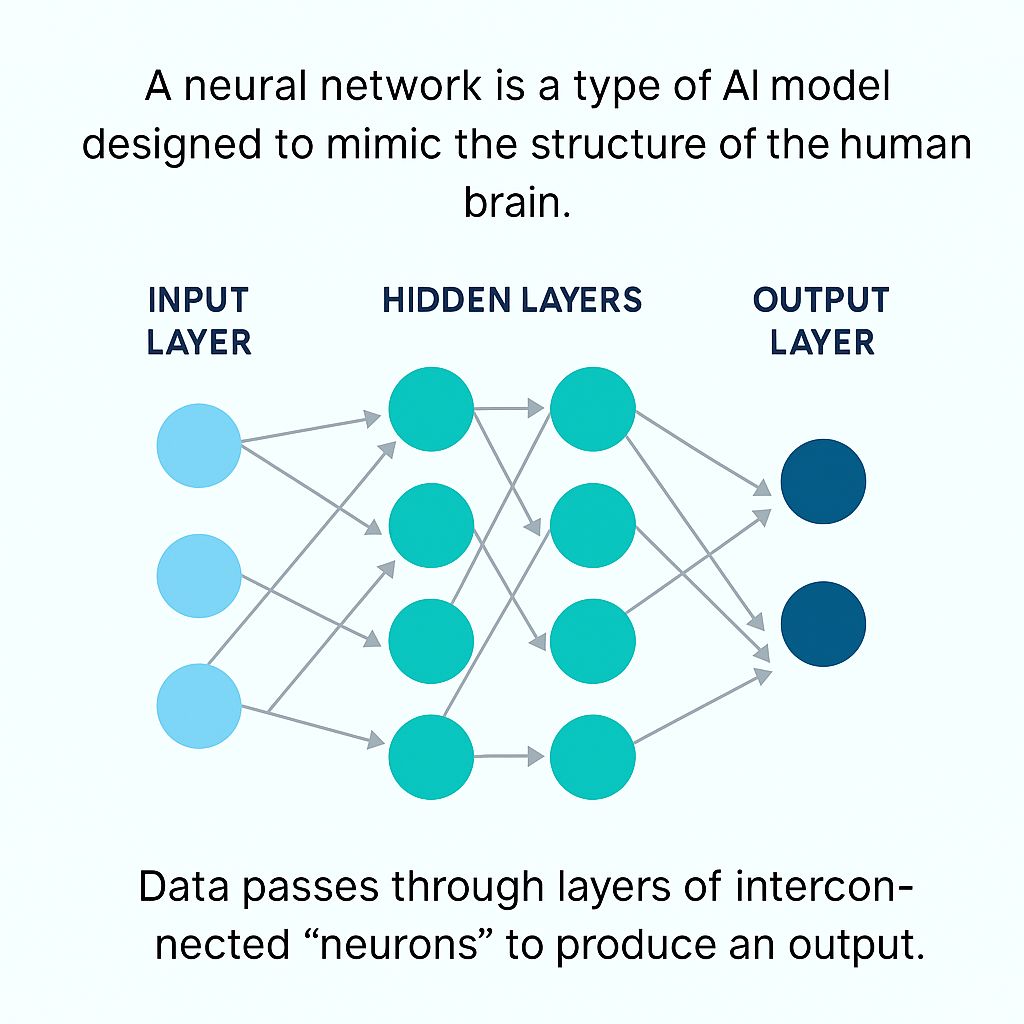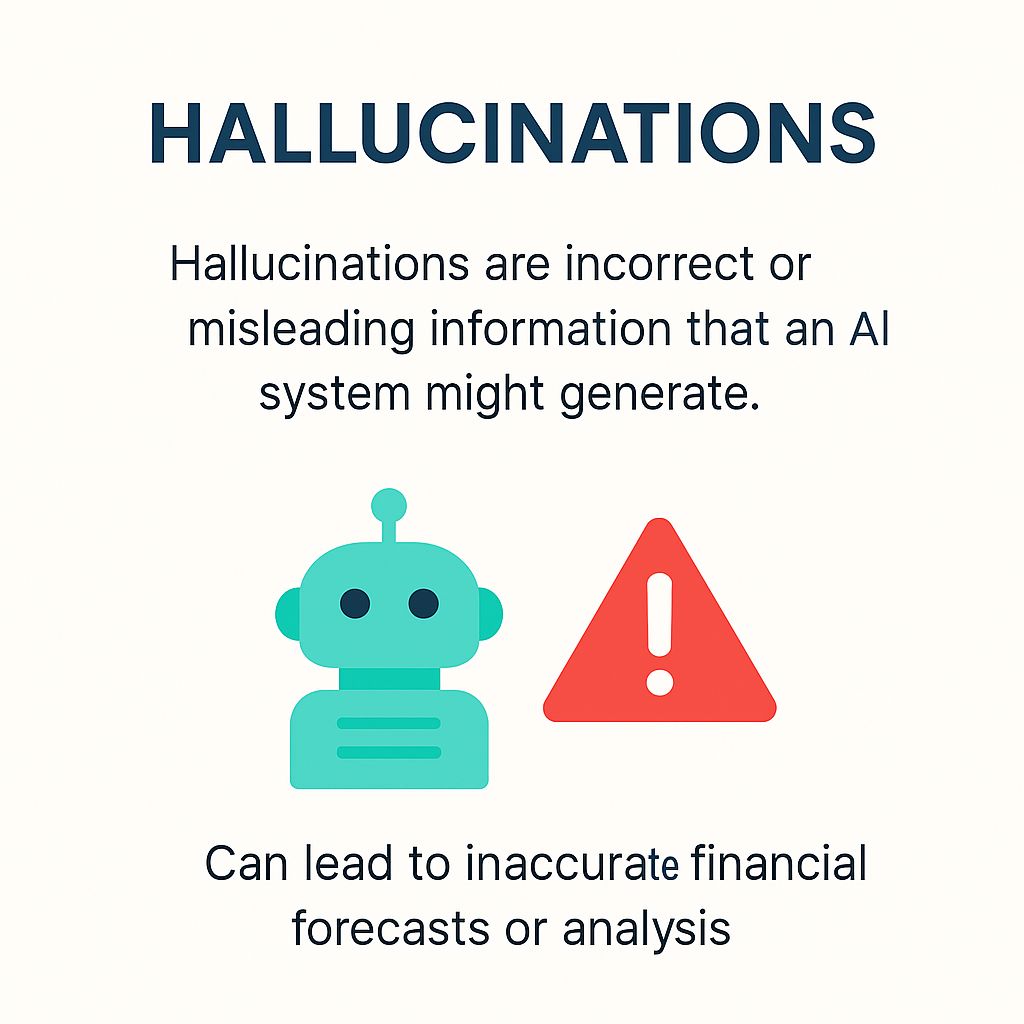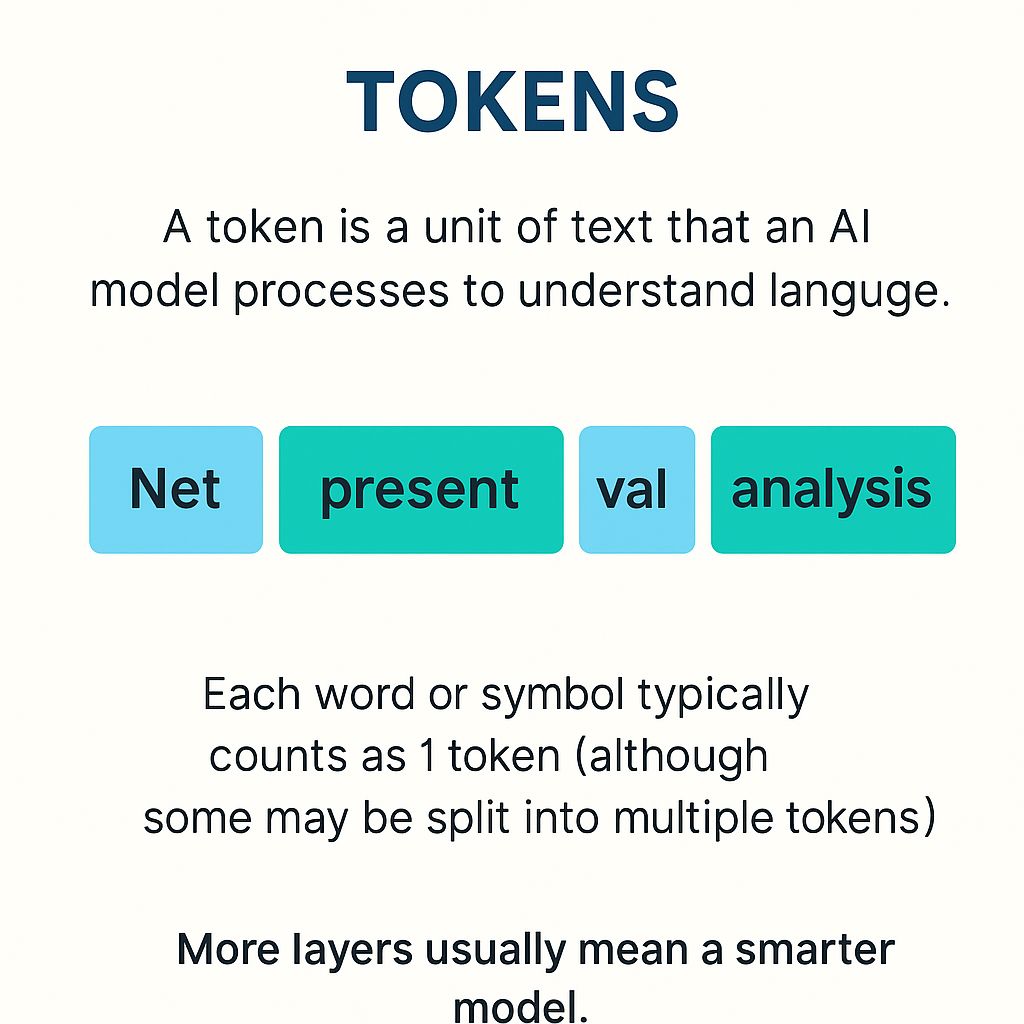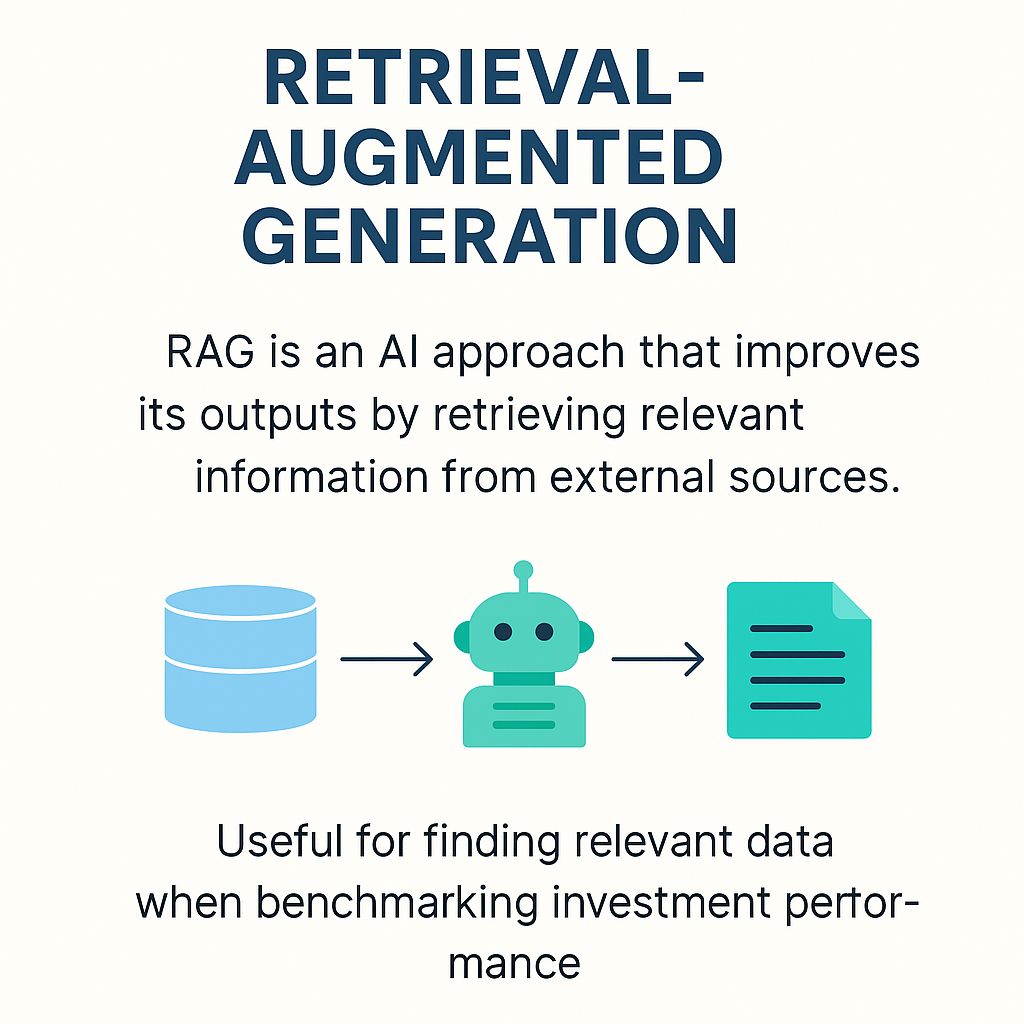- The AI+
- Posts
- 📰 SPECIAL ISSUE - AI Jargons
📰 SPECIAL ISSUE - AI Jargons
Decode AI Jargon (Without Falling Asleep or Screaming into Excel)
☕ Morning! Welcome to The AI+ newsletter that helps you work smarter, faster with more impact, and more importantly stay in the game. 💪
👋 Intro: “I Have No Idea What You Just Said…”
If you’ve been feeling like AI conversations are happening in a completely different language (spoiler: they kind of are), you’re not alone. The tech world LOVES jargon—and AI is the newest buzzword buffet.
But don't worry—this week, I’ve got your back. This special issue breaks down 20+ essential AI terms in a way that's fun, digestible, and actually useful, especially if you work in finance or accounting.
Let’s go from WTF to “Ohhh, I get it now.” 👇
🧠 BIG PICTURE AI STUFF
“What even is AI and why should I care?”
1. Artificial Intelligence (AI)
At its core, AI is software that mimics human intelligence. It can spot patterns, make decisions, write text, or even generate music. AI isn't just about robots—it powers spam filters, Siri, and fraud detection too.
📊 Finance Use Case: AI spots unusual transactions, flags errors, and can even help forecast cash flow.
2. Machine Learning (ML)
Machine learning is a type of AI where the system “learns” from data rather than following hard-coded rules. Imagine a junior analyst reviewing years of spreadsheets and slowly understanding trends—ML does that, but faster.
📊 Finance Use Case: Use ML to forecast revenue based on past seasons or identify customer churn risk.
3. Deep Learning
Deep learning uses many layers of algorithms (“neural networks”) to solve complex problems. It's the tech behind facial recognition, voice assistants, and self-driving cars.
📊 Finance Use Case: Helps with fraud detection, processing invoices, or automating receipt categorization.
4. Neural Networks
These are algorithms designed to mimic the human brain’s structure. They take inputs, run them through “neurons,” and produce smart outputs. The more layers, the deeper (and usually smarter) the analysis.
📊 Finance Use Case: Can analyze stock trends or detect irregularities in large data sets.

🛠️ THE TOOLS THAT TALK BACK
“Wait... how does ChatGPT know what I mean?”
5. Generative AI
This is AI that creates stuff—text, images, music, code. It doesn’t just process data; it produces content. Tools like ChatGPT, DALL·E, and Claude fall into this category.
📊 Finance Use Case: Generate audit checklists, write SOPs, or summarize financial policies in plain English.
6. Large Language Model (LLM)
LLMs are trained on massive amounts of text and can generate human-like responses. The “large” part means lots of data and parameters. GPT-4 is a classic LLM.
📊 Finance Use Case: Use an LLM to write executive summaries, explain financial metrics, or translate complex regs into simple language.
7. Training Data
This is the raw material AI learns from—books, spreadsheets, Slack threads, invoices, Reddit posts. The quality of the data = the quality of the AI.
📊 Finance Use Case: You can fine-tune AI with your company’s internal reports to answer specific business questions better.
🗣️ TALK TO ME, BOT
“Why does it matter how I ask things?”
8. Prompt
A prompt is the input or question you give to the AI. It’s your instruction manual—“Explain EBITDA to a 6th grader” or “Draft a variance analysis email.”
📊 Finance Use Case: Ask ChatGPT to break down a balance sheet for non-finance stakeholders.
9. Prompt Engineering
This is the art of crafting better prompts to get better results. Like asking a junior team member: “Give me 3 insights, 2 risks, and 1 suggestion”—you get clarity. Same with AI.
📊 Finance Use Case: Structure your prompt to extract a clean cash flow summary in bullet points, not a messy paragraph.
🤯 AI GONE ROGUE
“Why is it lying to me with such confidence?”
10. Hallucination
When AI makes stuff up—confidently. It might cite fake data or invent sources. It’s not being malicious; it just doesn’t know what’s real unless it was trained on it.
📊 Finance Use Case: If it invents an IRS code that doesn’t exist, it's hallucinating. Always double-check critical info.

🧰 TECHY TERMINOLOGY
“This is how the engine works under the hood.”
11. Token
AI breaks down language into tokens—chunks of words. “Finance” = 1 token. “Net present value analysis” = 4-5 tokens. Many tools bill by token.
📊 Finance Use Case: When using AI tools for document parsing, understanding token limits saves you time (and money).

12. Fine-Tuning
Fine-tuning means teaching an AI model to get better at your specific use case. You take a general model and “coach” it with your own data.
📊 Finance Use Case: Fine-tune a model on your org’s budgeting SOPs to help automate budget planning conversations.
13. Inference
The moment AI gives you a response is called inference. It’s when all the training + data + prompt comes together and delivers that sweet output.
📊 Finance Use Case: Running 50 reports through an AI model to summarize trends? That’s inference at scale.
14. Zero-shot / Few-shot Learning
Zero-shot = AI answers without any example. Few-shot = you give a couple of examples, and AI figures it out.
📊 Finance Use Case: Show it two budget variance reports, then have it summarize a third in the same format.
15. API (Application Programming Interface)
APIs let software talk to each other. Think of them as secret hallways between apps—your finance tool may use an API to access OpenAI without you even seeing it.
📊 Finance Use Case: Hook your ERP to ChatGPT via API to auto-generate commentary on financial results.
🔎 AI IN ACTION
“How AI pulls in data and gets smarter about it.”
16. Retrieval-Augmented Generation (RAG)
RAG allows AI to “look things up” before answering. It retrieves real data (like PDFs or spreadsheets) and combines it with its language skills.
📊 Finance Use Case: Ask an AI assistant a question, and it pulls the answer from your 10-K filing, not from thin air.

17. Vector Database
A special type of database that stores info as mathematical vectors (not words). This helps AI find related stuff by meaning, not just keywords.
📊 Finance Use Case: Build an AI tool that searches prior earnings calls for themes—even if you forget the exact wording.
⚠️ MIND THE ETHICS
“Cool tech, but don’t let it get weird or biased.”
18. Ethical AI / Bias
AI can inherit biases from its training data—gender, race, income level, and more. Use it carefully and consciously.
📊 Finance Use Case: Be cautious using AI in payroll, hiring, or performance tools—especially if the model was trained on legacy data.
🧠 BONUS ROUND
19. AGI (Artificial General Intelligence)
AGI = theoretical future AI that’s as smart and adaptable as a human. Think: it can reason, strategize, and learn anything. We’re not there yet, but it’s the long game.
📊 Finance Use Case: One day? AGI might design an org-wide cost optimization plan while sipping virtual coffee.
🎉 Still Here? You’re Officially Fluent in AI-ish
That was a lot, but now you’ve got a solid handle on AI terms that will keep popping up—whether you’re evaluating tools, automating processes, or just trying not to nod blankly in meetings.
In future issues, we’ll go deeper on the most powerful real use cases for finance and accounting pros (no fluff, just practical wins). Forward this issue to your work bestie—help them ditch the jargon too.
👉 Enjoying this? Reply and tell me your favorite term—or the one that still confuses the heck out of you. I’ll break it down.
Until next week —
Stay sharp, stay semi-automated ⚙️😄
Chief Nerd
P.S. 🧠 New: 25 Free ChatGPT Prompts to Fix Your Finances → https://theaiplus.beehiiv.com/c/personal-finance-prompts
Reply